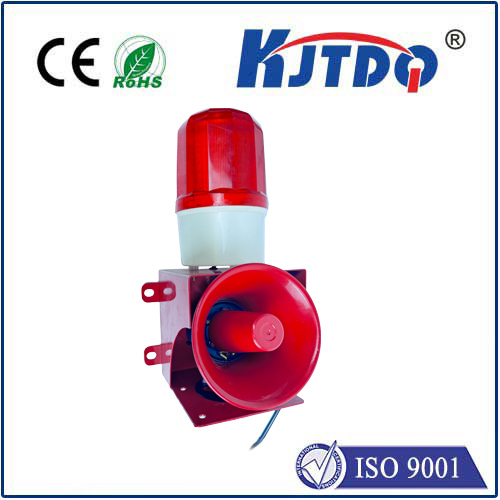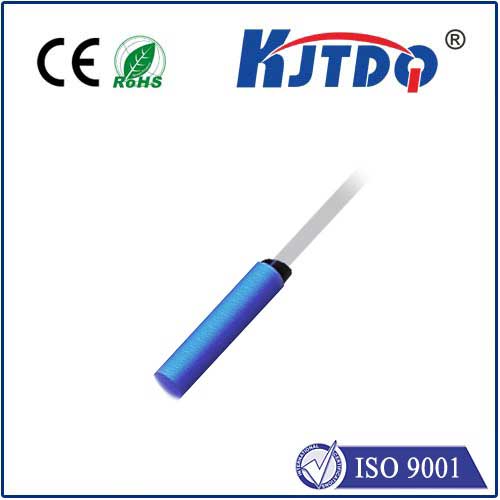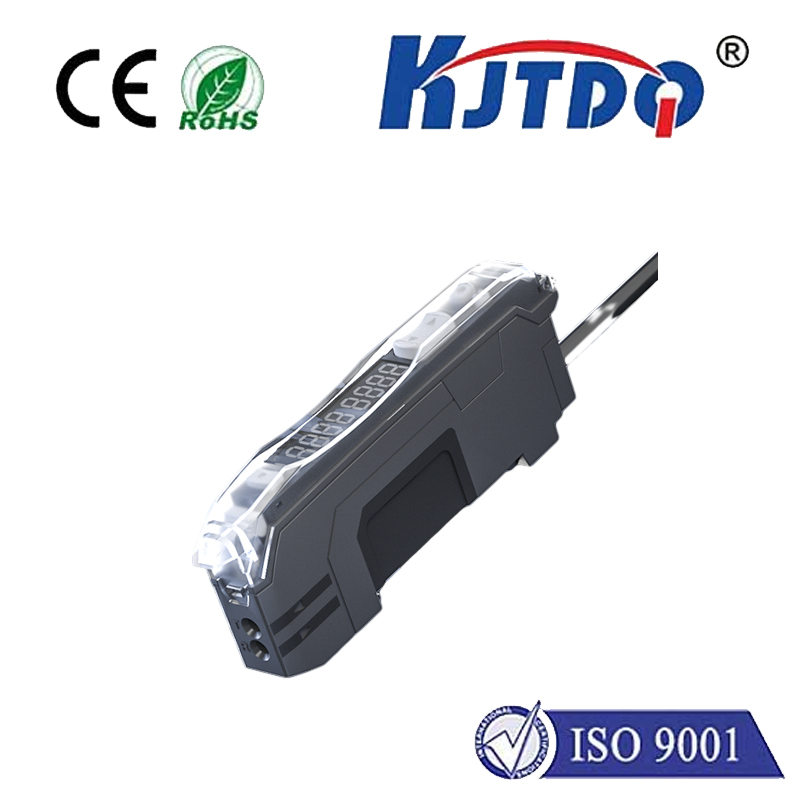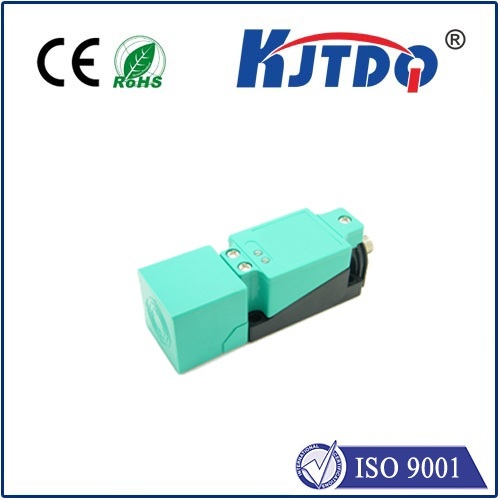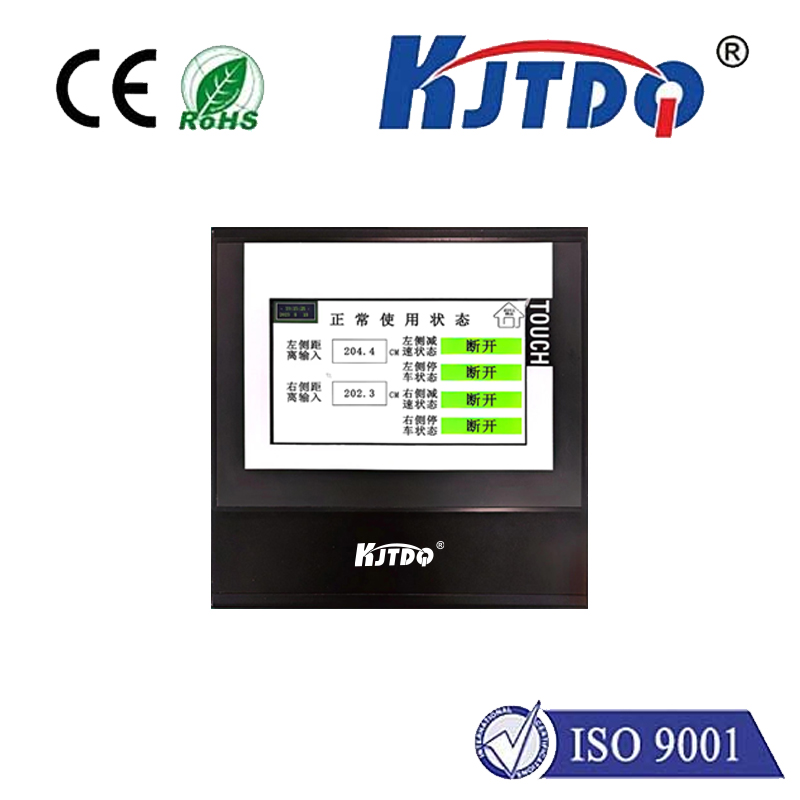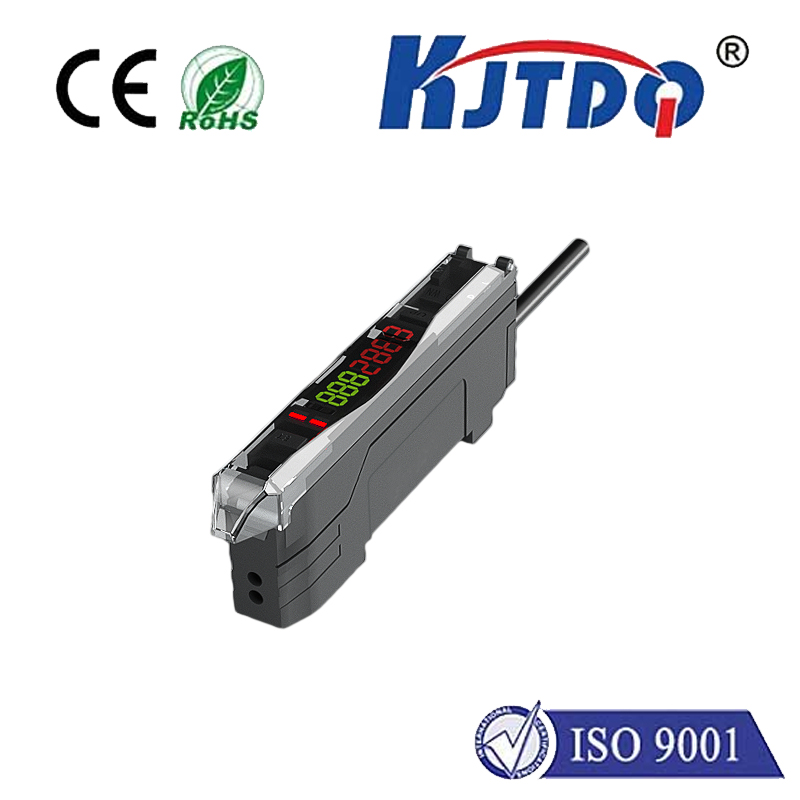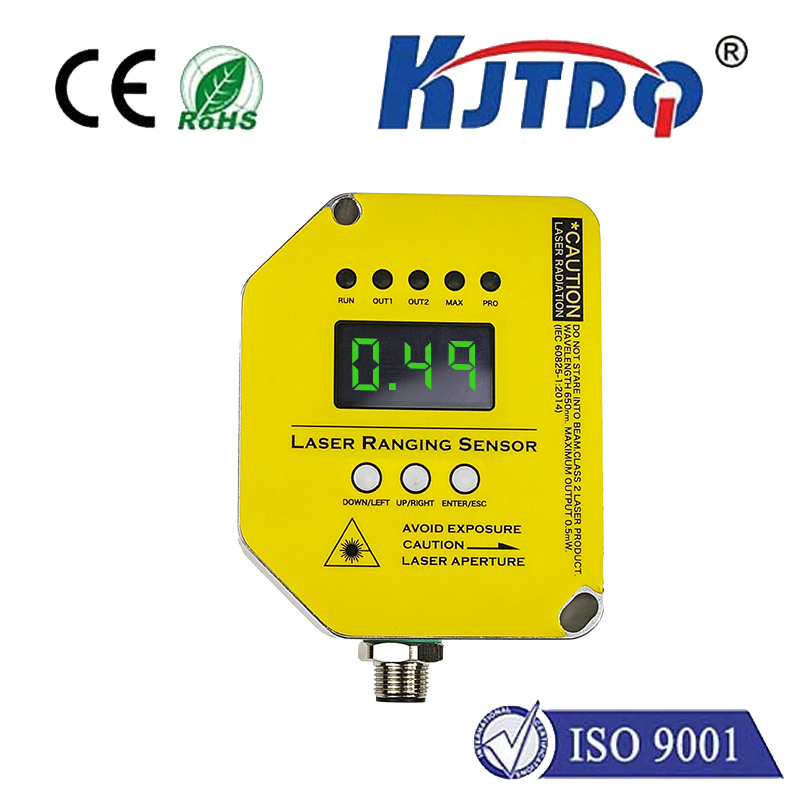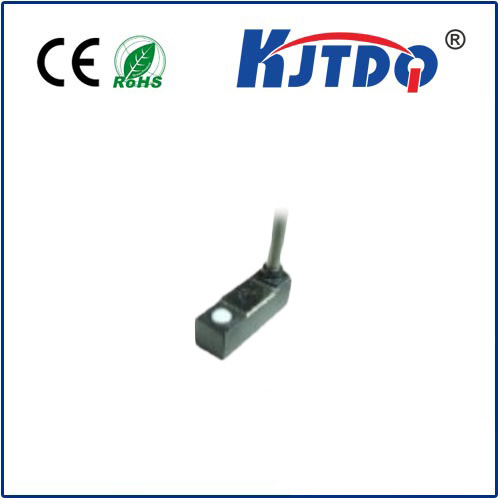
check

check

check

check

Title: E3FB-DN22 Photoelectric Sensor: A Comprehensive Guide to Advanced Detection Technology In the realm of modern automation and industrial sensing, the E3FB-DN22 photoelectric sensor stands out as a versatile and reliable tool. This article delves into the intricacies of this advanced detection technology, exploring its design, functionality, and applications across various industries. Understanding the E3FB-DN22 Photoelectric Sensor The E3FB-DN22 is a state-of-the-art photoelectric sensor designed for precise object detection. Its compact size and robust construction make it suitable for integration into diverse systems where space may be limited but performance is non-negotiable. The sensor uses an infrared light beam that is either transmitted or reflected by the target object to detect presence or absence within its field of view. Key Features and Benefits One of the standout features of the E3FB-DN22 is its adjustable detection range, which allows users to fine-tune the sensitivity according to their specific requirements. This adjustability is crucial in environments with varying conditions, ensuring consistent performance regardless of ambient light fluctuations or target material variations. Additionally, the E3FB-DN22 boasts high-speed response times, making it ideal for applications requiring rapid cycle rates. Whether it’s in packaging, sorting, or conveyor systems, this sensor ensures seamless operation without compromising on accuracy. Applications Across Industries The versatility of the E3FB-DN22 extends to numerous industries. In manufacturing, it’s commonly used for product counting, positioning, and quality control tasks. Its ability to detect even small or transparent objects makes it invaluable in food processing lines, where hygiene and precision are paramount. In the automotive sector, the E3FB-DN22 aids in the assembly process by accurately detecting parts and components, contributing to increased production efficiency and reduced downtime. Furthermore, its resistance to harsh environmental conditions such as dust and vibration makes it well-suited for outdoor or heavy-duty applications. Installation and Integration Integrating the E3FB-DN22 into existing systems is straightforward, thanks to its user-friendly design and compatibility with standard industry protocols. It can be easily mounted on machinery or fixed onto workstations, with minimal wiring required. For those seeking to expand their automation capabilities, this sensor offers a cost-effective solution that delivers significant enhancements in process control. Conclusion In summary, the E3FB-DN22 photoelectric sensor represents a pinnacle of innovation in detection technology. With its adjustable detection range, high-speed responses, and rugged build, it caters to a wide array of industrial needs while maintaining exceptional reliability. As industries continue to evolve towards greater automation and precision, the role of advanced sensors like the E3FB-DN22 will undoubtedly expand, driving progress and enhancing operational excellence.
